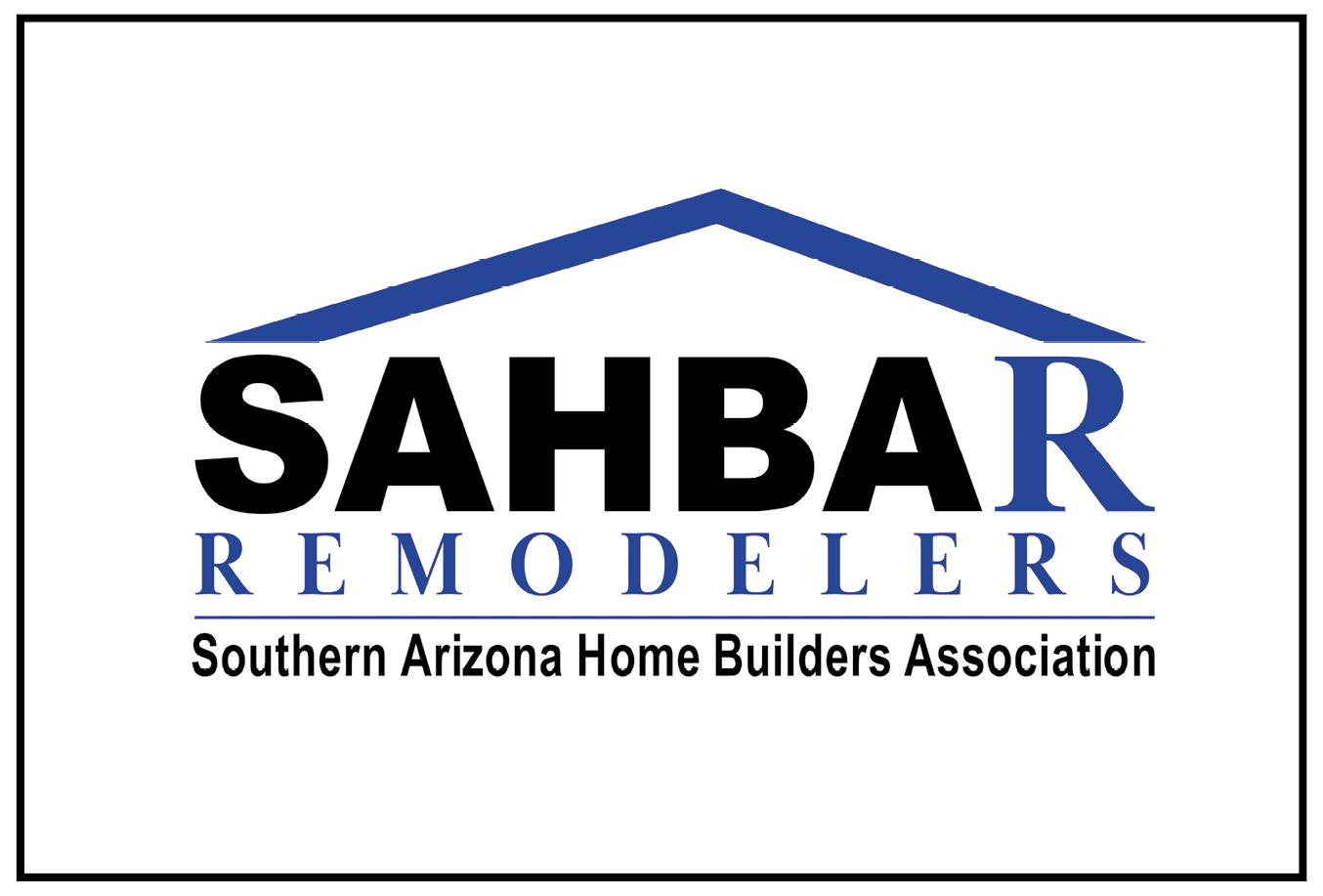You’ve finally found a contractor you want to work with; you get a good feeling from them, their portfolio is impressive, and they have great reviews. Perhaps they even come recommended by someone you know and trust. All of these factors lead you to believe they will not be the cheapest quote. Then you receive the quote and you have slight (or not-so-slight) sticker shock. You wonder, I knew it was going to be expensive, but I didn’t think it would be THAT expensive. Should I seek other bids? But I really liked this company…
If you’ve ever thought this to yourself and are unsure what to do, read on. Or maybe this isn’t your first rodeo and you’re just curious how your favorite contractors come up with their pricing.
Someone in my life, who has had multiple home renovations done on her house, recently asked me if I could shed light on some of the “hidden” costs that go into a contractor’s quote. As I thought about this question, I’ve realized I have a lot to say. I’m going to explore this over several blog posts. To start with, let’s just look at the components that must be covered in every quote:
Cost of goods sold: this is what it costs the contractor to do your project.
Overhead: these are the bills the contractor must pay whether or not they have projects scheduled.
Profit: this is what the business makes, which enables growth and allows the contractor to weather the seasons of business and the economy. This is not what the owner makes themselves.*
*See Owner’s salary, under Overhead below.
It is worth emphasizing that if these costs are not covered, the contractor is slowly running themselves out of business. Without getting too into the weeds, I have put together a list of what makes up these categories. This is not meant to be an exhaustive list, but simply to elucidate some of the factors that go into the price you have received for your project.
Cost of goods sold:
Materials and supplies for your project specifically: these are the materials and supplies you will see on-site, and also anything used to prep or clean up the job-site.
Labor time on your project specifically:
Pre-job prep: this includes the behind-the-scenes tasks you probably don’t see - specific job research, ordering materials, loading up the truck(s), picking up materials, securing those materials so they don’t fly away while driving, etc.
On-the-job time: this is what you see when the contractor is at your house. It also includes any additional parts runs that are required, problem-solving that may lead to additional time required (depending on how your contract handles these situations), etc.
Post-job tasks: cleaning out paint brushes and rollers, returning unused parts at the end of the job if needed, and more.
Hidden:
Additional labor burden: payroll tax, worker’s compensation insurance, benefits, paid vacation time for employees, etc. This adds about 40% on top what an employee is paid per hour!
Consumables: personal protective equipment (PPE - we all know what that is, as of 2020!), site preparation materials, blades and bits, nails and screws and anchors, sealants and adhesives, cleaning supplies, etc. Your contractor is likely not going to count every screw needed for your project specifically, but keeps a stock of these items for use on any job.
Tools: specialty tools for your job could be purchased or rented, maintenance and replacement of small and large tools as they wear out or break.
Other expenses: disposal/dump fees, shipping costs for materials, permits, subcontractors.
Overhead:
Advertising and marketing: this includes any uniforms the contractor and their employees may wear, business cards, website hosting fees, paid online advertisements, paid print advertising including direct mail, truck wraps and lettering, holiday cards sent to clients, sponsored events, and more.
Auto expenses: gas, parking fees, auto registration, routine vehicle maintenance, and repairs.
Business licenses: in Tucson, every business pays a fee to the city annually simply to be in business. Contractors also pay for their contractor’s license, or multiple licenses, and the associated bond fees.
Financial fees: bank fees, interest on loans or credit cards, fees charged for taking payment via credit card.
Insurance: general liability insurance, auto insurance, insurance for tools, and more.
Meals & Travel: applies to business-related meetings with clients or other business-owners, meals and travel for professional networking events.
Membership dues & subscriptions: industry publications.
Office expenses: standard office supplies and equipment such as a computer, tablets, printer, printing paper and ink, as well as software such as QuickBooks, estimating software, CRM (customer relationship management) software, project management software, time tracking software; a contractor may pay for one or more software programs that combine these functions.
*Owner’s salary: every contracting business has an owner, and many owners aspire to grow their business beyond themselves, with at least a small crew. Because the owner must get paid regardless of if the company performed a specific job or not, their salary is considered overhead. In construction and home services, most field employees are paid hourly, so their compensation is under Cost of goods sold, above.
Professional development: courses to keep up with latest building methods and codes, licensing exam preparation, business courses, professional networking events.
Professional fees: bookkeeping services, tax accounting services, legal services.
Taxes
Mortgage/Rent & Utilities: storage unit rent, shop rent, business phone/phone number expenses, building utilities, and more.
Hopefully this list is informative and not too overwhelming! However, before we move on from the hidden costs, we must also remember the “hidden time” that is required to run the business.
Someone (or multiple people) also has to spend time on all of these tasks:
Sales: communicating with prospective clients, writing estimates, site visits (a significant cost if the company provides free on-site estimates), writing contracts.
Accounting & Paperwork: inputting/scanning receipts, recording sales, keeping on top of tax deductions and payments, paying bills, time-sheets, job-costing, scheduling, and more.
Marketing: posting to social media, keeping up with past clients, updating the website (including writing blog posts like this one!), and more.
Organization: keeping the truck(s) and shop organized, maintaining inventory, maintaining tools, purchasing consumables, etc.
Warranty work: no contractor is perfect, and sometimes issues come up that need to be addressed. A quality contractor will address these issues, and that time (and sometimes additional cost of goods) will be an additional cost to the contractor.
The above tasks may be handled by the owner, salaried employees (office manager, sales associate, etc.), contracted out (Professional Services, mentioned earlier), or a combination of these.
Profit:
The dreaded word. Profit has a bad reputation for some. But profit is necessary for any healthy business. Just as it is prudent for an individual or household to have money in the bank, so it is for a contracting business. Unexpected expenses can come up, or a turn in the recession could derail the contractor’s business plan for the year. And beyond saving up for a rainy day, your contractor likely has goals for the business that require capital. A trailer may enable more efficient work on-site, a new piece of equipment could open up opportunities to take on more complex projects that would not be possible otherwise, holiday bonuses to employees make for a desirable workplace. Profit can help accomplish these goals, solidifying a healthy, reliable business that can deliver a wonderful experience for you, as the client.
If you’re still with me, I suspect there are at least a few items above that you had not thought of. Or, at the very least, weren’t at the forefront of your mind when you first looked at the quote in front of you. You may be wondering, Okay, Mira, I get it. Running a business costs money. I want someone good, but why isn’t EVERY contractor expensive then? I know a guy who does good work and is way cheaper. It’s a fair question. We’ll dig into this more next week.
If this article was helpful to you, please let us know directly or hit the ‘Like’ button below! Links to our social media are at the bottom of the page.





